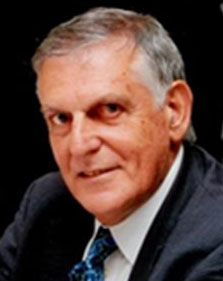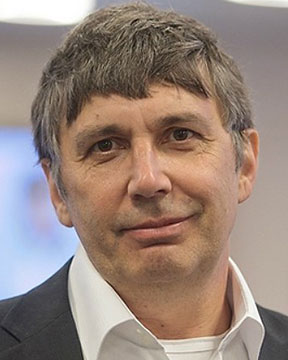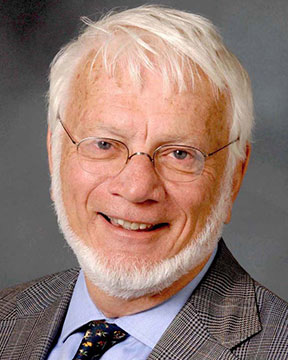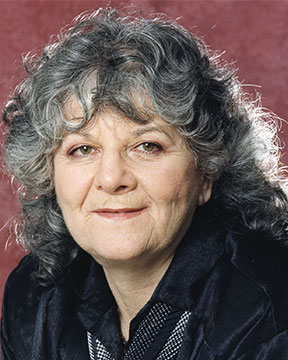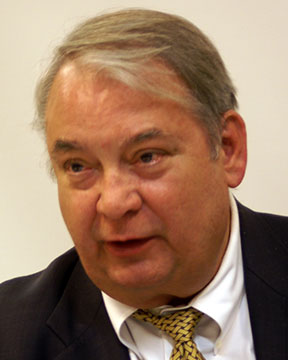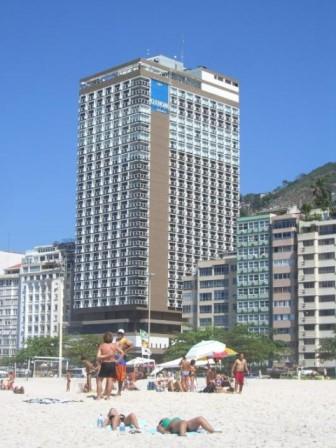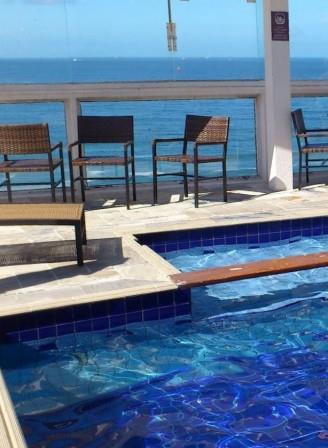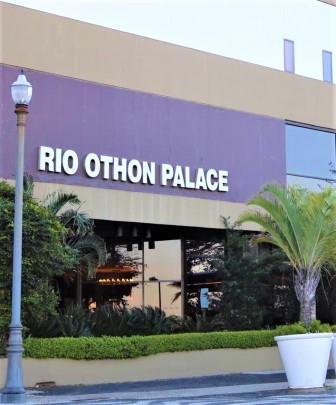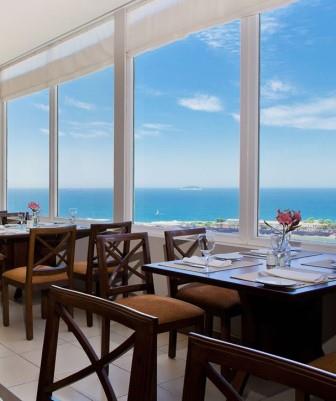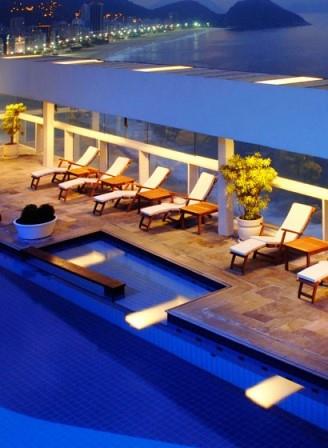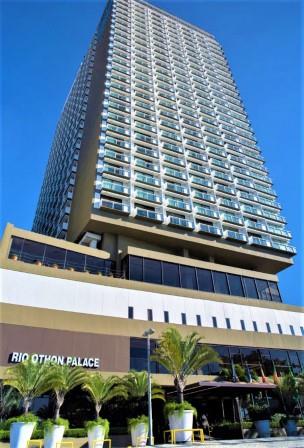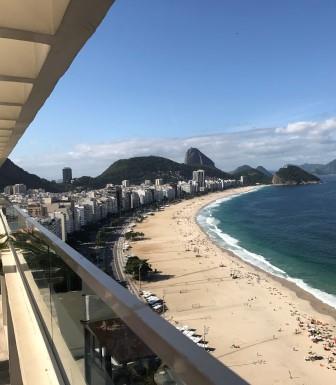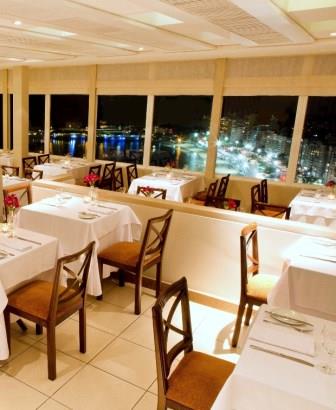ORALS
SESSION: ManufacturingWedPM1-R4
Energy | Mamalis International Symposium on Advanced Manufacturing of Advanced Materials and Structures with Sustainable Industrial Applications |
| Wed Nov, 7 2018 / Room: Sao Conrado (50/2nd) | |
| Session Chairs: Nikoloz Chikhradze; Session Monitor: TBA |
14:25: [ManufacturingWedPM106]
Structure and Properties of MgB<sub>2</sub>- and MT-YBaCuO-based Materials Manufactured Under Pressure Tetiana
Prikhna1 ; Michael
Eisterer
2 ; Matt
Rindfleisch
3 ;
Athanasios G.
Mamalis4 ; Michael
Tomsic
3 ; Vitaliy
Romaka
5 ;
0 ; Artem
Kozyrev
1 ; Myroslav
Karpets
1 ; Anton
Shaternik
1 ;
1Institute for Superhard Materials, Kiev, Ukraine;
2Atominstitut, Technische Universität Wien, Vienna, Austria;
3Hyper Tech Research, Inc., Columbus, United States;
4PC-NAE, Demokritos National Center for Scientific Research, Athens, Greece;
5Lviv Polytechnic National University, Lviv, Ukraine;
Paper Id: 121
[Abstract] The influences of technological parameters (temperature, pressure, type of cladding), composition of precursor powders, and type of additions (Dy<sub>2</sub>O<sub>3</sub>, Zr, Ti, Ti-O, SiC, Nb) on the superconducting characteristics (transition temperature, critical current density, critical magnetic fields) of MgB<sub>2</sub> wires produced by Hyper Tech Research Inc. and of bulk materials synthesized under ambient, elevated, and high pressures in correlation with their microstructures, were studied. Microstructural observations are in good agreement with ab-initio modeling [1, 2].
The relevant pinning centers of Abrikosov vortices in MgB<sub>2</sub>-based materials are oxygen-enriched Mg-B-O inclusions (or nanolayers) and inclusions of high borides MgBx. Their number and size depends on the synthesis parameters and dopants. Ti, Ta, and Zr bind hydrogen, make the formation of magnesium hydride impossible, and thus improve the mechanical characteristics bulk MgB2. Ti, Ta, Zr also affects the formation of higher borides, and Ti, Ta, Zr, SiC, TiC - on the redistribution of oxygen.
The critical current density, jc of melt textured YBa<sub>2</sub>Cu<sub>3</sub>O<sub>7</sub>-d (or Y<sub>123</sub>)-based superconductors (MT-YBaCuO) depends on the perfection of texture and the amount of oxygen in the Y<sub>123</sub> structure, but also on the density of twins and micro-cracks formed during the oxygenation (due to shrinking of the c-lattice parameter). The density of twins and micro-cracks increases with the reduction of the distance between Y<sub>2</sub>BaCuO<sub>5</sub> (Y<sub>211</sub>) inclusions in Y<sub>123</sub>.
A high level of critical current density demonstrated MT-YBCO oxygenated under 16 MPa oxygen pressure and MgB<sub>2</sub> high pressure (2 GPa) - high temperature synthesized: jc (MT-YBaCuO) at 77 K was nearly 105 A/cm<sup>2</sup> in self-field and 103 A/cm<sup>2</sup> at 10 Т, and jc (MgB<sub>2</sub>) at 20 K was 106 at 1 T and 103 A/cm<sup>2</sup> at 8.5 T. The MgB<sub>2</sub> wires with added Dy<sub>2</sub>O<sub>3</sub> (4 wt.%, 100 nm) demonstrated Jc=11 kA/cm<sup>2</sup> at 20 K in 5 T and at 4.2 K in 12.5 T fields.
References:
[1] T.A. Prikhna, V.V. Romaka, A.P. Shapovalov, M. Eisterer, V. Sokolovsky, H.W. Weber, G.E. Grechnev, V.G. Boutko, A.A. Gusev, A.V. Kozyrev, W. Goldacker, V.E. Moshchil, V.B. Sverdun, T. Habisreuther, C. Schmidt, V.V. Kovylaev, V.E. Shaternik, M.V. Karpets, A.V. Shaternik, "Structure and Properties of MgB2 bulks, thin films, and wires", IEEE Trans. Appl. Supercond., vol. 27, Is. 4, 2017, pp. 1-5, DOI: 10.1109/TASC.2016.2638201.
[2] T. А. Prikhna, A. Р. Shapovalov, G. E. Grechnev, V. G. Boutko, A. A. Gusev, A. V. Kozyrev, M. A. Belogolovskiy, V. E. Moshchil and V. B. Sverdun, "Formation of nanostructure of magnesium diboride based materials with high superconducting characteristics", Low Temperature Physics, vol. 42, No 5, pp. 486-505, 2016.
SESSION: AdvancedMaterialsTueAM-R6
| 4th Intl. Symp. on New and Advanced Materials and Technologies for Energy, Environment and Sustainable Development |
| Tue Nov, 6 2018 / Room: Guaratiba (60/2nd) | |
| Session Chairs: Raphael Semiat; Alexander Yarin; Session Monitor: TBA |
12:10: [AdvancedMaterialsTueAM03] Keynote
Wear-resistant MAX phases-based Materials of Ti-Al-C System for Electrical Transport Tetiana
Prikhna1 ; Orest
Ostash
2 ; Vladimir
Sverdun
1 ; Viktoriya
Podhurska
2 ;
Fernand
Marquis3 ; Myroslav
Karpets
1 ; Semyon
Ponomarov
4 ; Alexandra
Starostina
1 ; Thierry
Cabioc'h
5 ;
1Institute for Superhard Materials, Kiev, Ukraine;
2Karpenko Physical-Mechanical Institute of the National Academy of Sciences of Ukraine, Lviv, Ukraine;
3San Diego State University, San Diego, United States;
4Institute of Semiconductor Physics, Kiev, Ukraine;
5Universite de Poitiers, CNRS/Laboratoire PHYMAT, Chasseneuil Futuroscope Cedex, France;
Paper Id: 125
[Abstract] MAX phases combined best properties of metals and ceramics [1-3]. Short-time synthesis under relatively low (10-15 MPa) pressures using hot pressing technique allowed us to obtain MAX-phase-based materials suitable for manufacturing of current-loaded inserts of pantographs. The most effective appeared to be the material containing 93% Ti<sub>3</sub>AlC<sub>2</sub>, 4% TiC and 3% Al<sub>2</sub>O<sub>3</sub>. Its wear after the 5 km of friction path in contact with copper under 0.25 MPa load (which is typical for pressing pantographs to electrical wire) was 0.0003 g, and the wear of the counter body (copper M1) at this was 0.0011 g. The wear of MAX-phase-based material was 20 times less than the wear of silumin AK (which is used for electrical transport pantographs manufacturing) and the wear of copper in contact with MAX phase occurred to be 10 times less than its wear in contact with silumin AK. It has been found that the amount of Ti<sub>3</sub>AlC<sub>2</sub> (or 312), Ti<sub>2</sub>AlC (or 211), TiC and the material density effect the wear resistance of MAX-phases-based materials. The wear of highly dense materials based on MAХ phases containing both phases of structural types 312 and 211 (61% Ti<sub>3</sub>AlC<sub>2</sub>, 22% Ti<sub>2</sub>AlC, 17% TiC (I) and 40% Ti<sub>3</sub>AlC<sub>2</sub> + 60% Ti<sub>2</sub>AlC (II)), when rubbed in pairs with copper M1 under 0.25 MPa, after 5 km of the path was 0.0005 g and 0.0018 g of composition (I) and (II), respectively, while the wear of the silumin was much higher: 0.0228 g and 0.022 g, respectively.
References:
[1] Barsoum M., In: Prog. Solid St. Chem. 28 (2000) 201-81.
[2] Prikhna T, Starostina A, Petrusha I, Ivakhnenko S, Borimskii A, Filatov Yu, Loshak M, Serga M, Tkach V, Turkevich V, Sverdun V, Klimenko S, Turkevich D, Dub S, Basyuk T, Karpets M, Moshchil' V, Kozyrev A, Il'nitskaya GD, Kovylyaev V, Lizkendorf D, Cabiosh T, Chartier P., Journal of Superhard Materials 36(1) (2014) 9-17.
[3] J. Halim, P. Chartier, T. Basyuk, T. Prikhna, E.N. Caspi, M.W. Barsoum, T. Cabioc'h, 37 (2017) 15-21.
SESSION: AdvancedMaterialsWedPM1-R6
| 4th Intl. Symp. on New and Advanced Materials and Technologies for Energy, Environment and Sustainable Development |
| Wed Nov, 7 2018 / Room: Guaratiba (60/2nd) | |
| Session Chairs: Marina Nisnevitch; Session Monitor: TBA |
14:50: [AdvancedMaterialsWedPM107] Invited
Hot Pressed Aluminum Dodecaboride- and Boron Carbide-based Ceramics Tetiana
Prikhna1 ; Pavlo
Barvitskiy
1 ; Viktor
Moshchil
1 ; Vladislav
Domnich
2 ;
Fernand
Marquis3 ; Myroslav
Karpets
1 ; Sergey
Dub
1 ; Semyon
Ponomarov
4 ; Richard
Haber
2 ;
1Institute for Superhard Materials, Kiev, Ukraine;
2Rutgers University, New Brunswick, United States;
3San Diego State University, San Diego, United States;
4Institute of Semiconductor Physics, Kiev, Ukraine;
Paper Id: 119
[Abstract] The results of a structural and mechanical properties study of aluminum dodecaboride (a-AlB<sub>12</sub>, AlB<sub>12</sub>C<sub>2</sub>, a-AlB<sub>12</sub>-TiB<sub>2</sub>-TiC)- and boron carbide (B<sub>4</sub>C and B<sub>4</sub>C-SiC)-based ceramics, hot pressed at 30 MPa, 1950 - 2240°C, and high pressure (2 GPa) as well as high temperature (1200-1400°C) sintered and synthesized, will be under discussion. The materials can be used as protective armor or constructional ceramics for nuclear power plants, additives to the boron-carbide-based materials, or as solid fuel, abrasives, explosives, etc. [1-5]. The materials were manufactured from a-AlB<sub>12</sub>, AlB<sub>12</sub>C<sub>2</sub>, C nanopowders and B<sub>4</sub>C, SiC, TiC micropowders. The preliminary mixtures of powders were prepared using high speed planetary activator. The a-AlB<sub>12</sub> powder with and without carbon additions can be sintered to the dense state of 1200-1400°C, 2 GPa, 1 h, while the hardness of the materials was not high (12.5-17.8 GPa at 49 N-load). The AlB<sub>12</sub>C<sub>2</sub> nanopowder sintered at 1400°C, 2 GPa, 1 h contained 89 wt.% AlB<sub>12</sub>C<sub>2</sub> and 11 wt.% of admixture Al<sub>2</sub>O<sub>3</sub> (according x-ray diffraction study) and demonstrated hardness HV(49 N-load)=26.6-0.6 GPa, fracture toughness K<sub>1<i>c</i></sub> (49 N)=5.9-0.5 MPa-m0.5, density g=2.73 g/сm<sup>3</sup>. The materials obtained at 30 MPa, 2240-1950°C had much higher characteristics. γ-AlB<sub>12</sub> (94-98 wt.%, p=2.53-2.58 g/cm<sup>3</sup>) showed HV(49 N)=24.1 GPa; K<sub>1<i>c</i></sub> (49 N)=4.9 MPa-m0.5; bending R<sub>bs</sub>=336 MPa and compressive R<sub>cs</sub>=378 MPa strengths. Composite 74 wt.% AlB<sub>12</sub>C<sub>2</sub>, 22 wt% TiB<sub>2</sub> , 4 wt% Al<sub>2</sub>O<sub>3</sub> (p=3.1 g/сm3) had HV(49N)=37.65-6.74 GPa, K<sub>1<i>c</i></sub>(49 N)=5.2 MPa-m0.5, R<sub>bs</sub> = 646 MPa and R<sub>cs</sub> =795 MPa. B4C(p=2.52 g/сm3<sup></sup>) demonstrated HV(4.9 N)=40 GPa, K<sub>1<i>c</i></sub> (3-point bending)=4.89 MPa-m0,5, R<sub>cs</sub>=392 MPa, R<sub>cs</sub>=1551 MPa and B<sub>4</sub>C-20%SiC (p = 2.67 g/cm<sup>3</sup>) had HV(49 N)= 35 GPa, K<sub>1<i>c</i></sub>(3-point bending)=5.9 MPa-m0,5, R<sub>bs</sub>=474 MPa, R<sub>cs</sub>=1878 MPa.
References:
[1] Kisly, P. S., Neronov, V.A., Prikhna, T. A., Bevza, Yu.B. (1990). Aluminum borides, Kiev, Naukova Dumka, 1-192. (in Russian) (Кислый П. С., Неронов В. А., Прихна Т. А., Бевза Ю. В. Бориды алюминия. К.: Наук. Думка, 1990. 192 с).
[2] Whittaker, M. L., (2012) Synthesis, characterization and energetic performance of metal boride compounds for insensitive energetic materials, Thesis for the degree of Master of Science : - The faculty of the University of Utah Department of Materials Science and Engineering, University of Utah.
[3] Domnich, V., Reynaud, S., Haber, R.A., Chowalla, MJ. Am. Ceram. Soc., 94 (2011) 3605-3628.
[4] Prikhna, Т. A., Barvitskiy P. P., Karpets М. В., Muratov V. B., Sverdun V. B., Haber R., Kartuzov V. V., Moshchil V. E., Dub S. N., Loshak M. G., Alexandrova L. I., Kovylaev V. V., Garbuz V.V., Marchenko A. A., J. Superhard Materials, 39(5) (2017) 299-307.
[5] Prikhna, Т.А., Haber, R. A., Barvitskiy, P. P., Sverdun,V. B., Dub, S. N., Muratov, V. B., Domnich , V., Karpets, М. V., Moshchil, V. E., Loshak, М. G., Kovylaev, V.V., Vasiliev O.O., Proceedings of the 41st International conference and exposition on advanced ceramics and composites, January 22 - 27, 2017, Daytona Beach, Fla., USA., http://acumen-va-publish.com/ACerS/ICACC_2017/toc.html.


